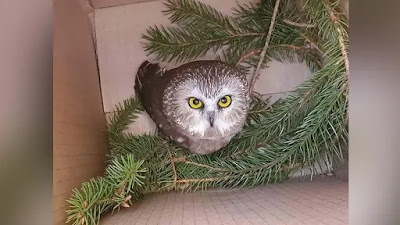Britt Hayes
Yesterday 11:56AM

Screenshot: HBO Max
General rule of thumb for when you stumble upon something weird: Don’t touch it. Especially if it’s a big-ass metal structure of unknown (though, okay, likely human) origin. But that’s exactly what the folks on a sheep-counting expedition (truly) in a remote area of southern Utah did over the weekend.
“We were kind of joking around that if one of us suddenly disappears, then the rest of us make a run for it,” said pilot Bret Hutchings. “We were, like, thinking is this something NASA stuck up there or something. Are they bouncing satellites off it or something?” Hutchings also noted the similarity to 2001 and posited that the monolith could’ve been made by “some new wave artist or something.”
As you can see in the above video, these chuckleheads wasted absolutely no time monkeying around with the structure, and while it’s almost definitely man made and probably harmless, that’s not an assertion that can be made with 100 percent certainty. At the very least, the officials involved are intentionally not sharing specific details of the monolith’s location, lest some other chucklehead ruin the fun. SPEAKING OF WHICH: None of you better spoil this mystery with some boring information like “it’s for satellites.”







